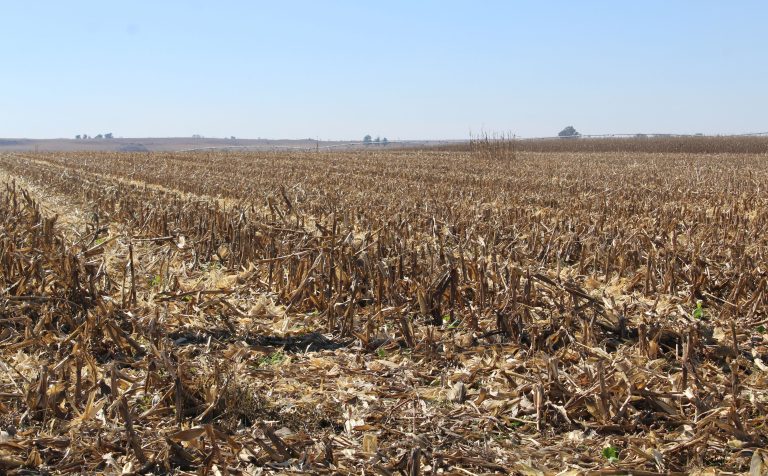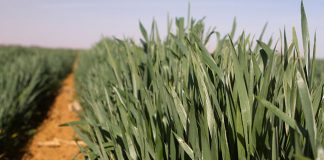
Prices are however expected to remain subdued due to higher stocks globally, dealing a double blow to farmers.
The Crop Estimates Committee’s (CEC) second forecast for summer crops for the 2024 production season showed that the harvest was predicted to be just over 19% smaller than the 2023 crop.
Other notable statistics include:
- The production forecast of white maize is 6,28 million tons, which is 10,85% or
763 900t less than the 7,04 million tons of the previous forecast. - The revised area estimate for white maize is 1,56 million hectares and the expected yield is 4,04t/ha.
- The production forecast for yellow maize is 6,98 million tons, which is 4,64% or 339 650t less than the 7,32 million tons of the previous forecast. The area estimate for yellow maize is 1,08 million hectares and the yield is 6,45t/ha.
- The production forecast for sunflower seed is 589 000t, which is 12,23% or 82 100t less than the previous forecast of 671 100t. The revised area estimate for sunflower seed is 529 000ha (from 559 500ha in the previous month’s estimate), while the expected yield is 1,11t/ha.
- The production forecast for soya beans decreased by 15,22% or 325 690t to 1,81 million tons. The estimated area planted to soya beans was revised to 1,15 million hectares (from 1,12 million hectares in the previous month’s estimate), with an expected yield of 1,58t/ha.
- The expected groundnut crop has been set at 57 610t, which is 10,54% or 6 785t less than the previous forecast of 64 395t. For groundnuts, the area estimate is 41 200ha, with an expected yield of 1,4t/ha.
- The production forecast for sorghum is 89 630t, which is 19,09% or 21 150t less than the 110 780t of the previous forecast. The area estimate for sorghum is 42 100ha and the expected yield is 2,13t/ha.
- The dry bean production forecast is 54 120t. The area estimate of dry beans is 39 550ha, with an expected yield of 1,37t/ha.
Agbiz chief economist Wandile Sihlobo said that while the summer grain and oilseeds production prospects seemed bleak due to excessive dryness and heatwaves in South Africa, the global production conditions remained reasonably optimistic.
“For example, the 2023/24 global maize harvest forecast is at 1,2 billion tons, up 6% year-on-year.
READ How to improve the oil yield of a sunflower crop
This improvement is due to better crop expectations in the US, Argentina, Ukraine, China, the EU, and Russia. Consequently, the stocks will also lift by 5% year-on-year to 294 million tons.
“The global soya bean harvest is estimated at 391 million tons, up 5% year-on-year. The robust harvests in Argentina, China, Canada, Russia, Ukraine and Paraguay significantly drove this expected uptick. With global soya bean consumption reasonably stable, the increase in production resulted in an improvement in the global stocks, now forecast at 66 million tons, up 12% year-on-year.”
Due to these higher figures there are abundant grain and oilseeds supplies in the world market, which Sihlobo said supported the continuous moderation in the global agricultural prices and subsequently global food prices.
The third production forecast for South African summer field crops for 2024 will be released by the CEC on 25 April 2024.
The intentions to plant winter cereals for 2024 will also be released then.












